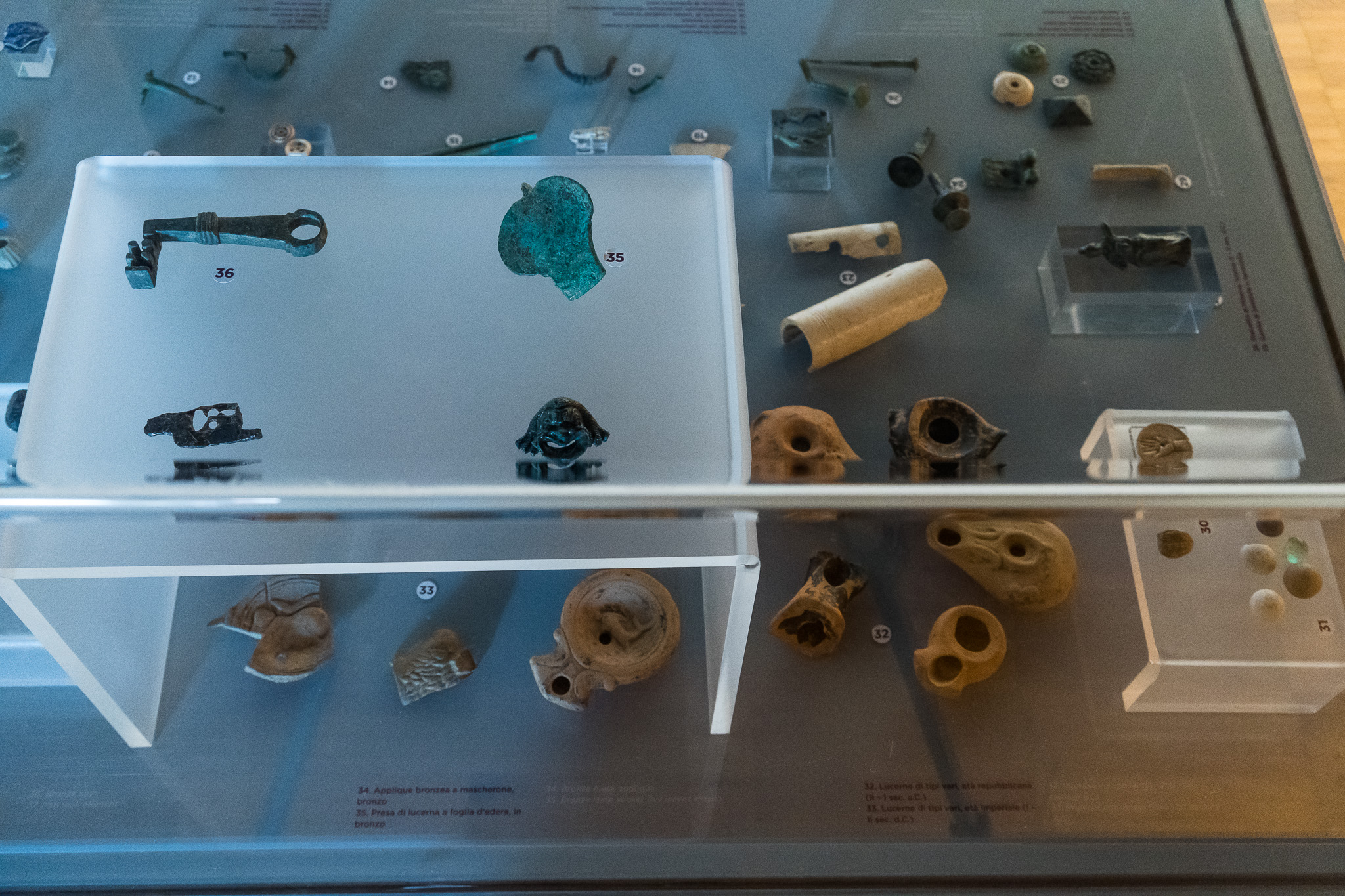Routes and paths in the Bologna area
Updated on 08 July 2020 From Bologna Welcome
Paolo Piacentini, president of Federtrek and creator of the Digital Atlas of Italian Paths for the Ministry of Culture and Tourism.
Starting out from Piazza Maggiore, knowing that you can only get to Florence by the strength of your legs, is a unique experience. Travelling along the Via degli Dei means discovering an Apennine "neighbourhood", whose new vitality is emerging thanks to tourism, based on a journey of profound knowledge of the territory. Walking up and down the humps that lead to the ridges, you feel enveloped by a warm hospitality which embraces the needs of the third-millennium traveller.
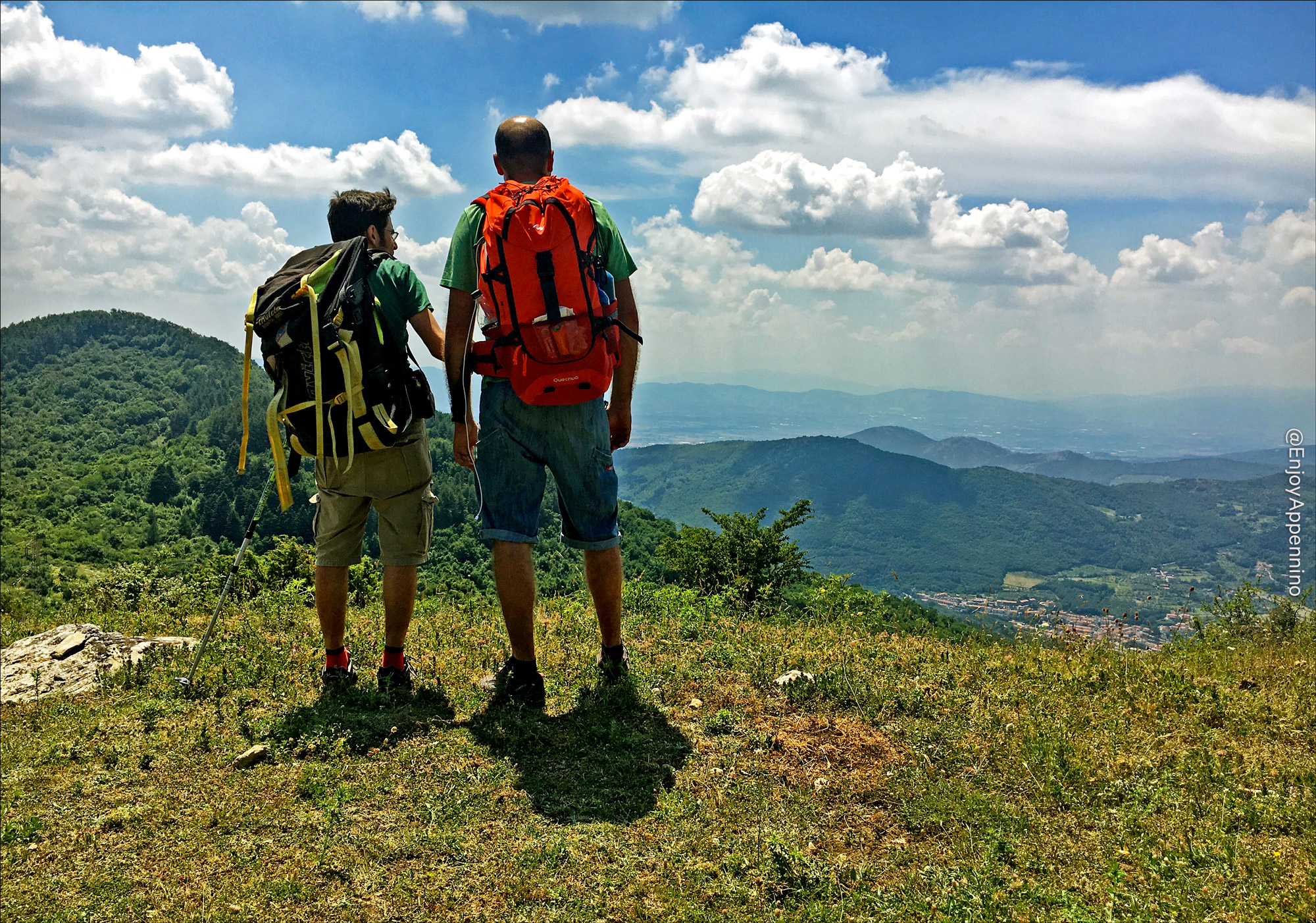
The Wool and Silk Road also starts
in Piazza Maggiore and leads
to Pistoia, a 130-kilometre long
route consisting of six stages that
can be covered on foot in six or
more days. The cities of Bologna
and Pistoia share a common
production history and the hiking
route combines the opportunity to
explore beautiful mountain areas,
steeped in excellence and tradition,
with the extensive cultural heritage
of these two cities. This walk is also
suitable for mountain bikes, since
the stretch is divided into three
stages of about 40 km each along
the dedicated gpx circuit.
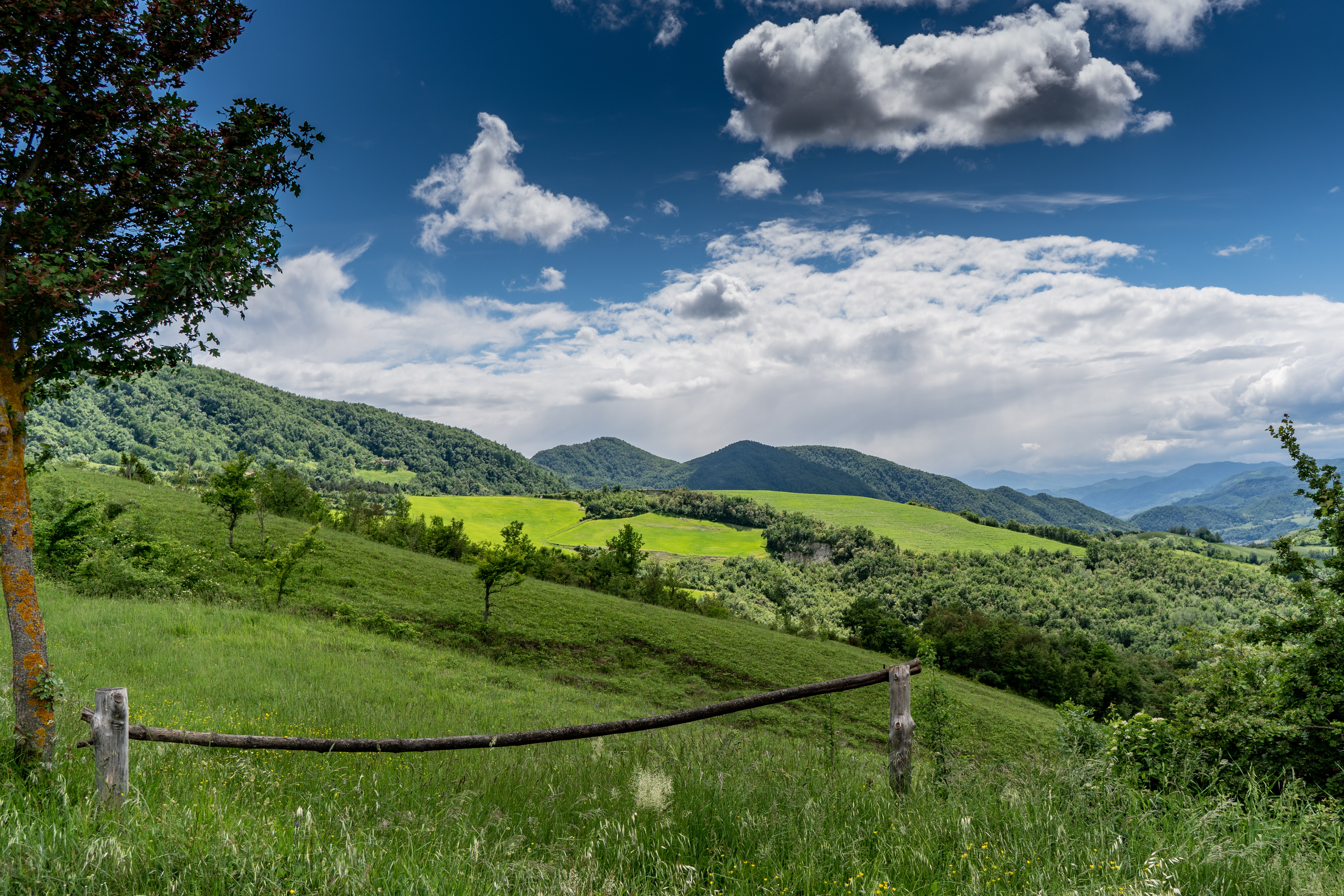
Via Mater Dei is a 157-kilometreslong route dedicated to the Marian Sanctuaries of the Bolognese Apennines, which intersects with the Path of Gods at Madonna dei Fornelli (BO). As I have walked the two legs of the route from Bologna to the small hamlet of San Benedetto in Val di Sambro in just one day, I would like to share my memories of those unforgettable moments, in which I enjoyed the warm welcome I received in these places, which, for a hiker, are the heart and soul of the journey, and of the spiritual path as well.
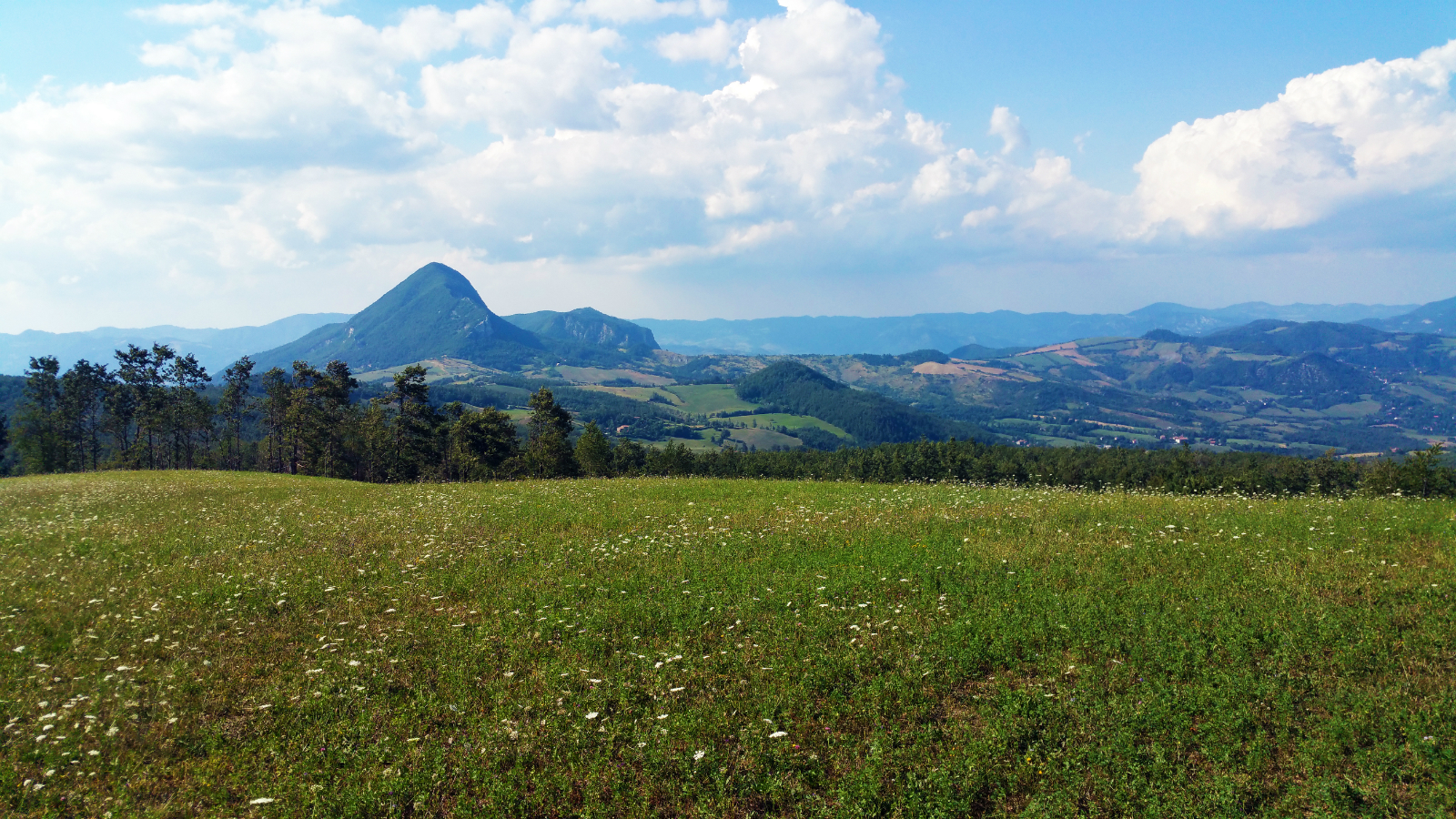
Alta Via dei Parchi is a route that invites visitors to discover the regions of Emilia-Romagna, Tuscany and Marche on foot. Along the 500 km walk you will cross up to eight parks, with up to 27 stages in total, where you will immerse yourself in luxuriant vegetation. The Bologna stretch starts from Lake Scaffaiolo and goes through the Corno alle Scale mountain range, the centuries-old Poranceto forest and all the way to Borgo Tossignano. On this route you can take in the unspoilt scenery, amidst ancient chestnut groves and sparkling selenite slopes in Vena del Gesso Romagnola Park.
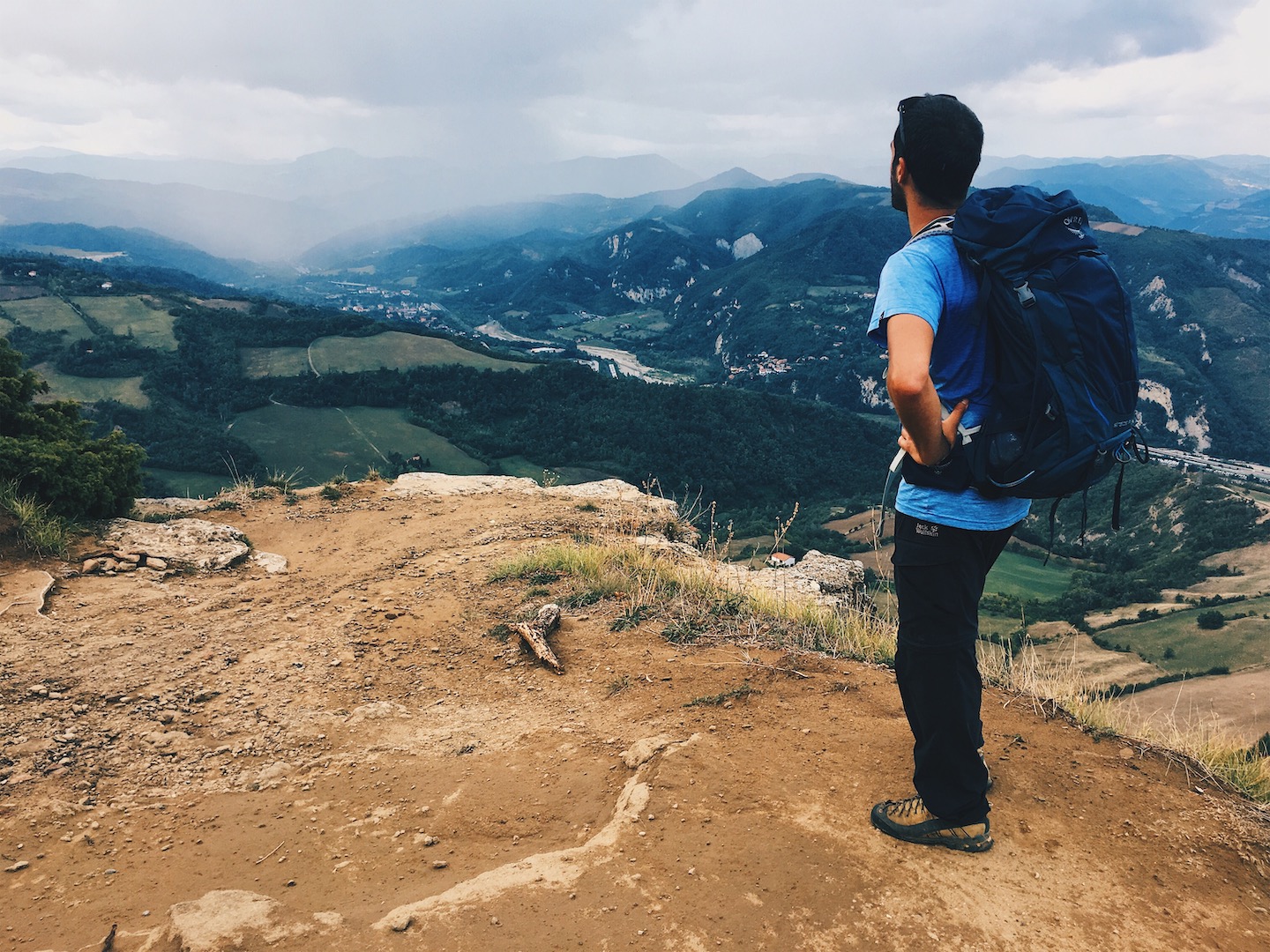
Hiking along the route that left such a tragic mark on our country’s recent history is like taking a trip down memory lane as you will be able to learn more about World War II. The route crosses the Bolognese Apennines, from Lake Scaffaiolo in the Corno alle Scale Regional Park to Riolo Terme, along the Sentiero Italia route. Covering a distance of almost 175 kilometres, this walk goes through woodland and natural areas of outstanding value such as Monte Sole Historical Park, Pliocene Spur Nature Reserve, and Vena del Gesso Romagnola Park.
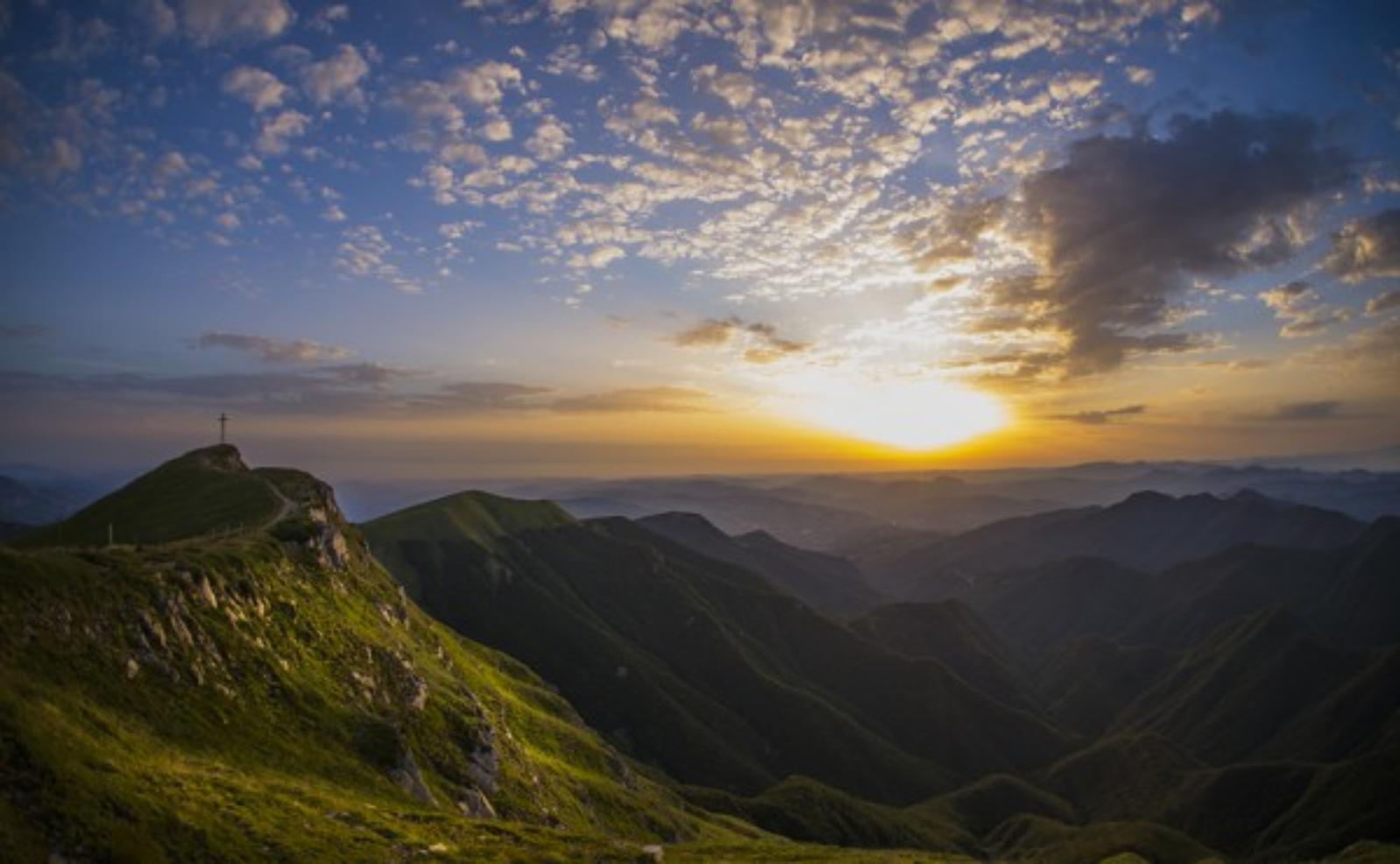
Piccola Cassia route is an itinerary along the stretch of the Emilian Apennines crossed by the ancient Romans, who used it to reach the central Po Valley. It is a highly evocative 170 km route, rich in historical and religious heritage, including Nonantola Abbey, in the Modena area, Monteveglio Abbey, Castello di Serravalle, Pieve di Roffeno and Rocca Corneta, in the Bologna area. Explore this fascinating rural landscape featuring centuriated plains, mountainous ravines and the large meadows of the Apennine ridges.
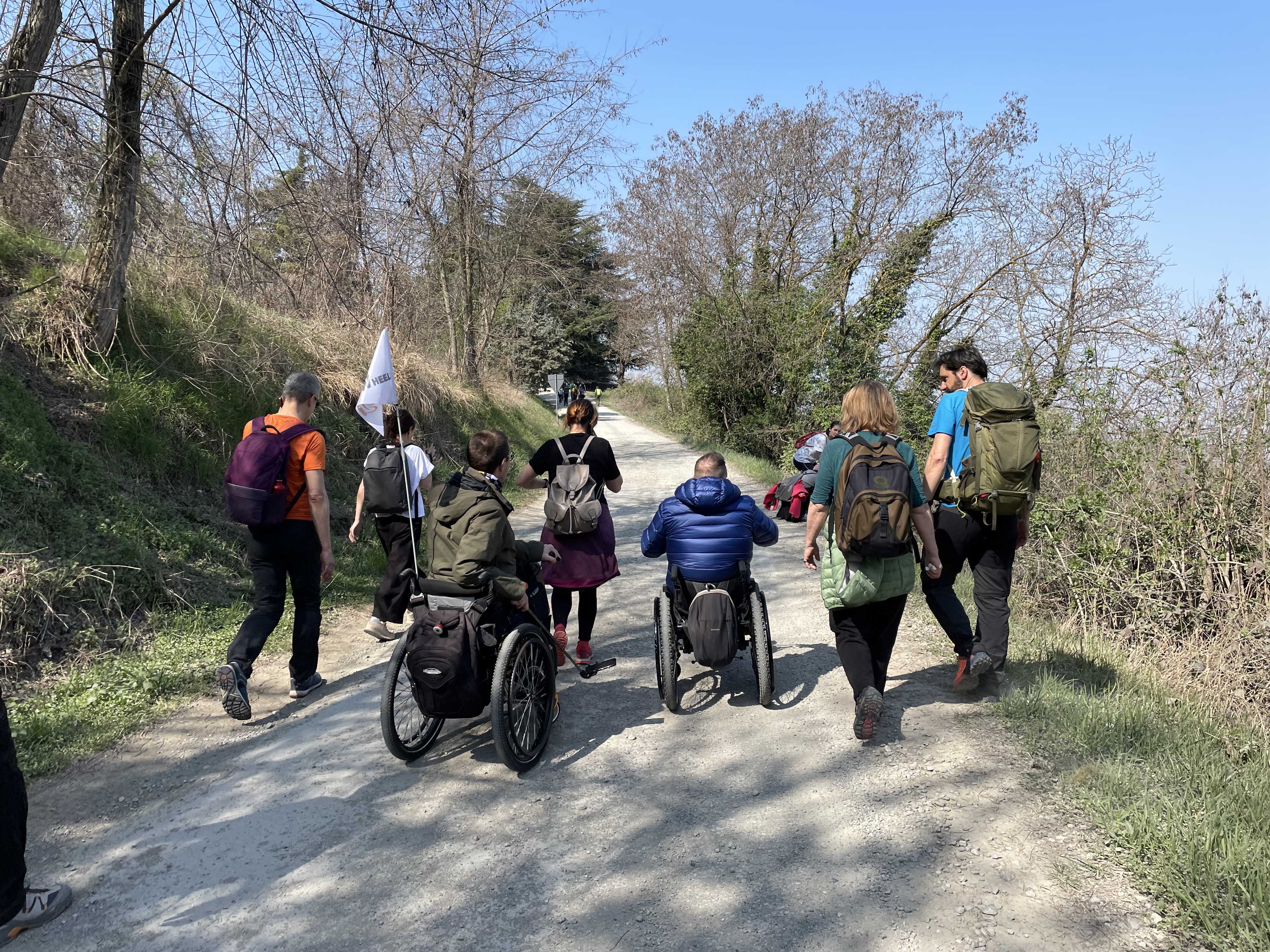
A 102-kilometre walk through a wide variety of landscapes awaits hikers along the Via dei Gessi e dei Calanchi route. A walking route connecting Bologna, Brisighella (RA) and Faenza, through the hills of Emilia-Romagna. Consisting of seven stages, you will go on a hike at different altitudes, where you can enjoy the pure air that nature’s beauty has to offer. On this itinerary you will be able to discover extremely fragile environments such as the chalk outcrops in Gessi Bolognesi e Calanchi dell’Abbadessa Regional Park. A true natural gem.
Via del Fantini
This route owes its name to Luigi Fantini, a researcher and speleologist from Bologna who contributed to the opening of many caves in the Gessi Bolognesi park. This 50 km hiking trail starts in the hills of San Lazzaro di Savena near Bologna and arrives in San Benedetto del Querceto through Val di Zena. The trail enters the Nature Reserve of the Pliocene Foothills, up to Monte delle Formiche, and then ends in the Idice Valley. It is accessible both on foot and by bicycle and is often muddy terrain.
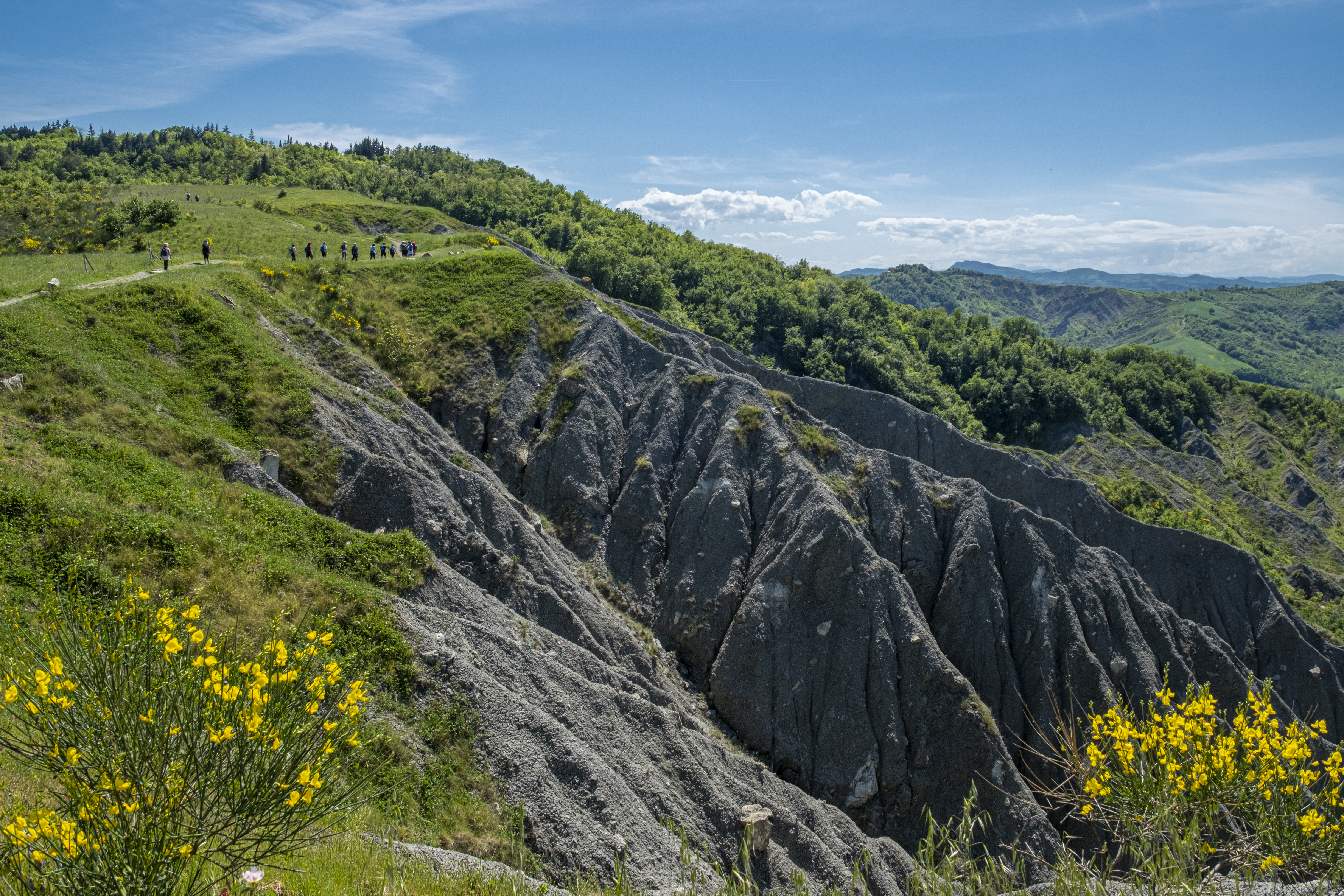
St. Anthony’s Way is a spiritual walk that offers the opportunity to relive the life of St. Anthony of Padua. Opened in 2010, it is 431 kilometres long, consists of 22 stages and runs through the regions of Veneto, EmiliaRomagna and Tuscany, starting from the Antoniani Sanctuaries of Camposampiero in Padua and ending at the Sanctuary of La Verna in Tuscany. Along the Bologna stretch, you will be able to visit symbolic sites such as the Sanctuary of the Madonna di San Luca, Gessi e Calanchi Park and the charming hamlet of Dozza.
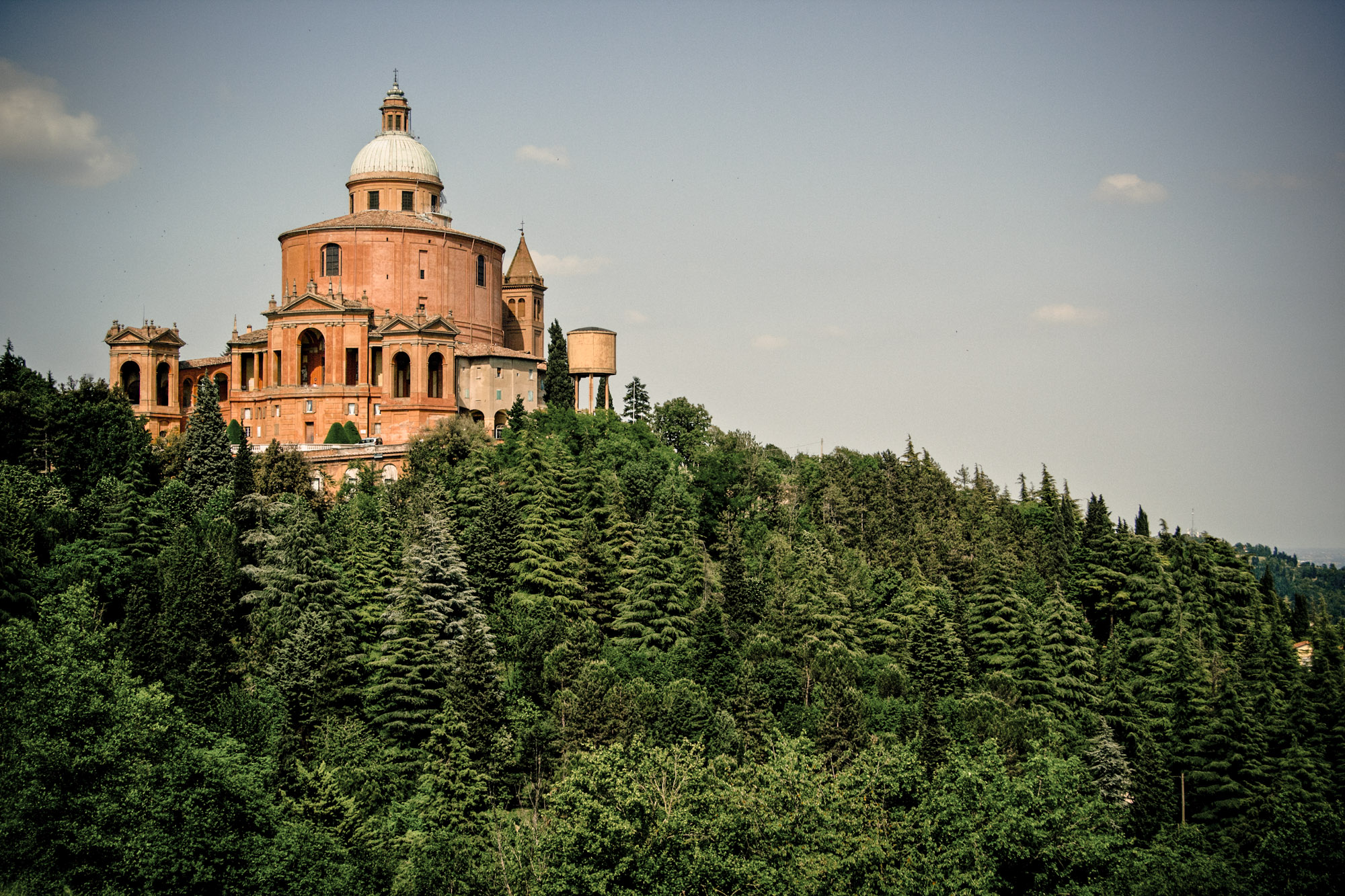
Walking is all about taking in the scenery, parks and villages along the trail as well as enjoying traditional local food and wines. The Via dei Colli route satisfies the needs of slow tourism and oenology enthusiasts, since it is a dedicated hike covering a distance of about 75 km. Winding its way along the rolling hills around Bologna, setting off from Pianoro and reaching Bazzano, it takes hikers across breathtaking slopes with stunning views. Enjoy discovering the production areas of DOC and DOCG wines and wine cellars, while also admiring the Barbera, Sauvignon and Cabernet vines.
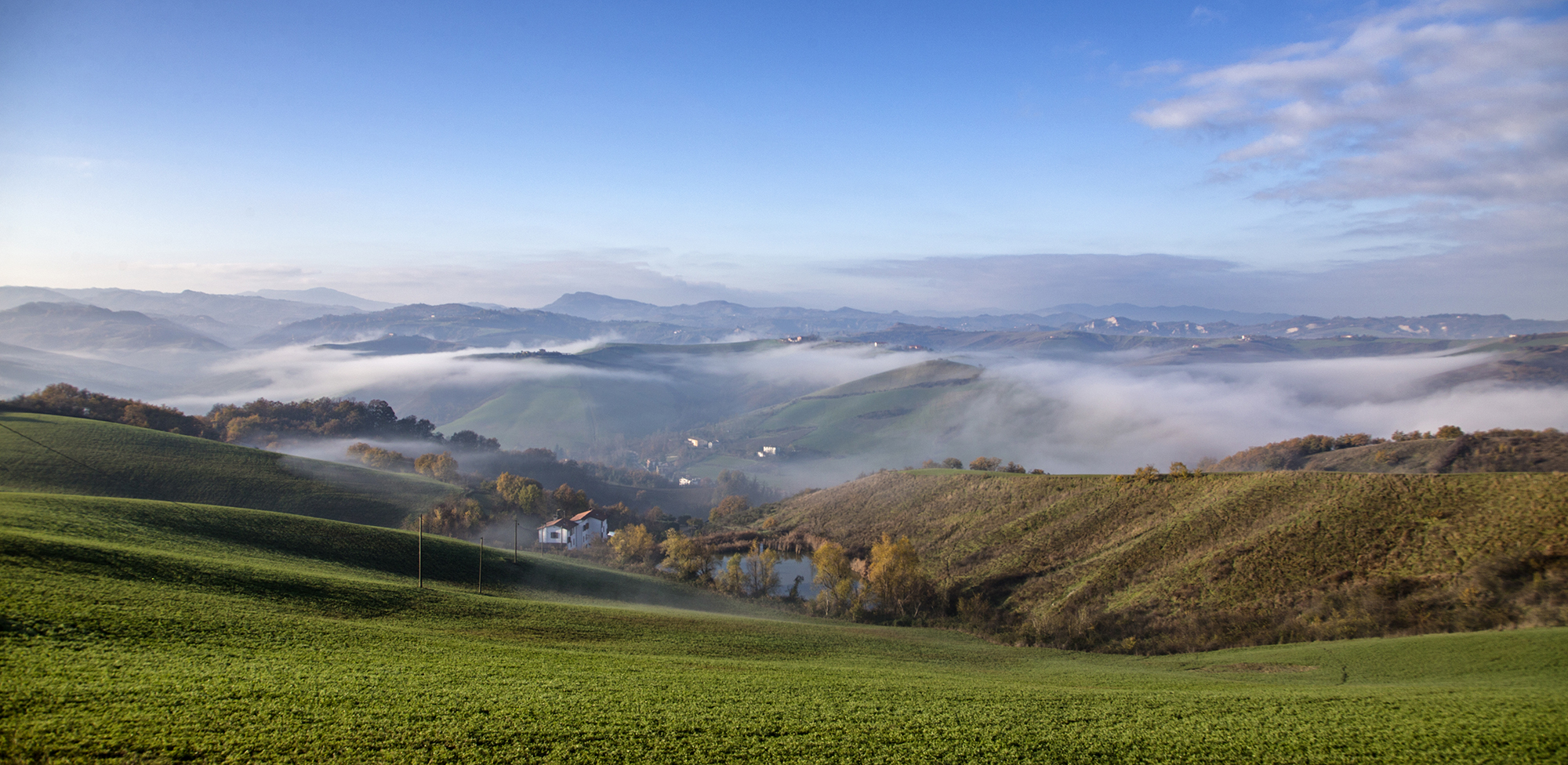
This route, which is still being
studied, goes along an ancient
Roman road, the Flaminia Minor,
which was built at the time of
consul Gaius Flaminius, in 187 BC.
It is a truly charming hike that
offers the opportunity to learn
more about the history and origins
of the surrounding villages: setting
out from Ozzano dell’Emilia, whose
hamlets were built on the ruins of
the ancient Roman city of Claterna,
along the ancient Via Emilia, you
will get to the hamlets of Idice and
Mercatale, arriving in Tuscany. The
walk is accessible all year round,
except for hot summer and cold
winter periods.
